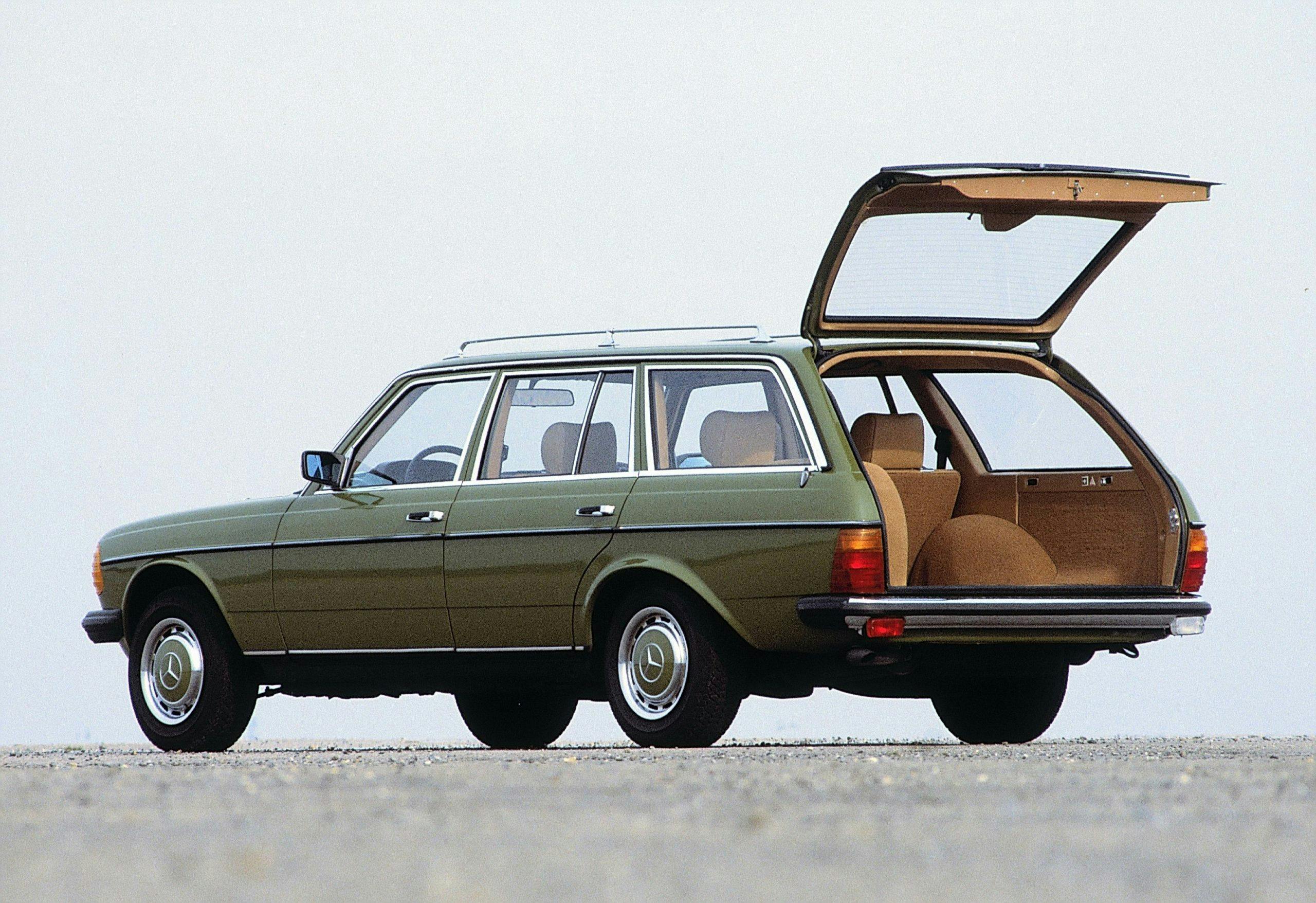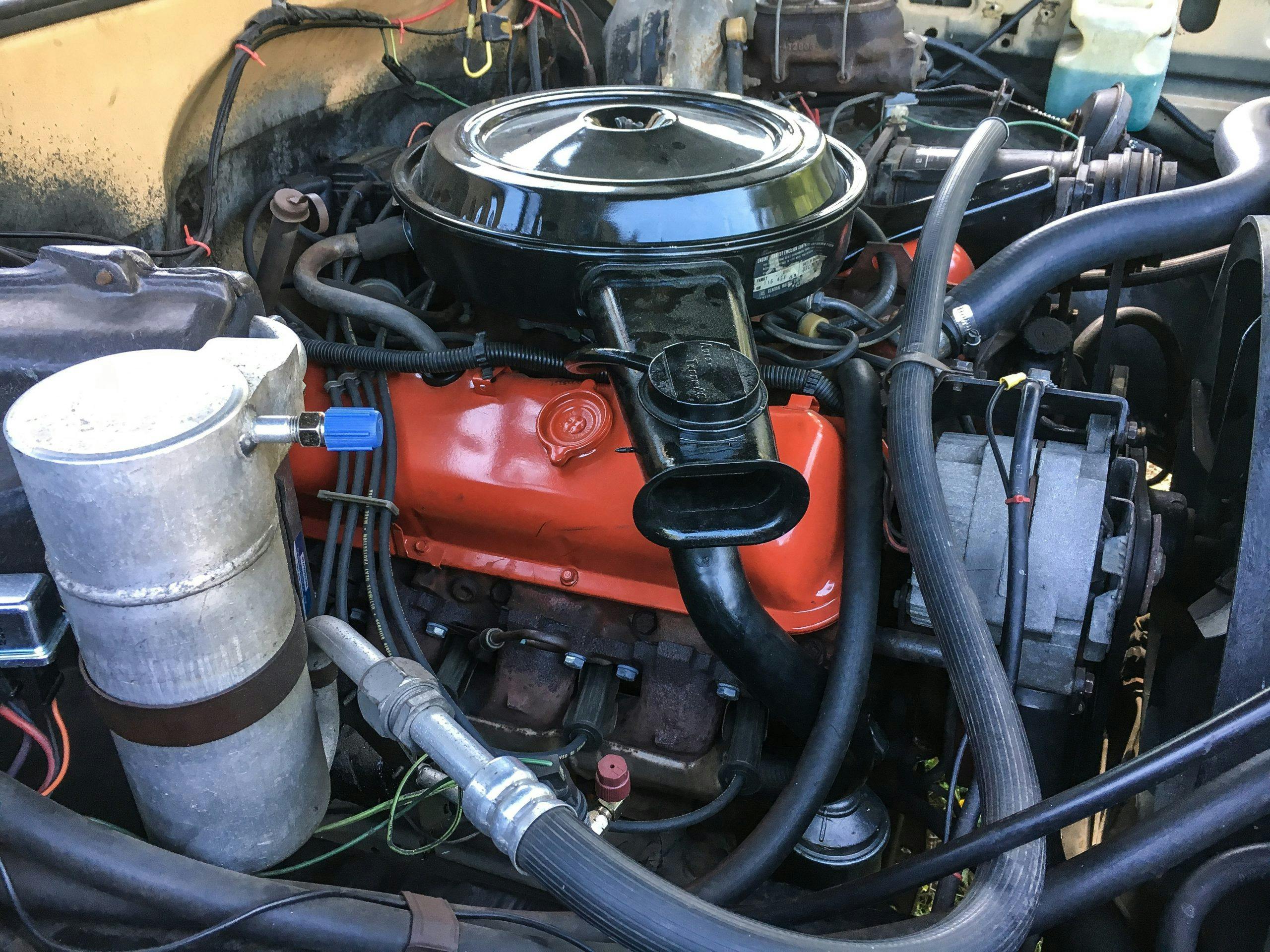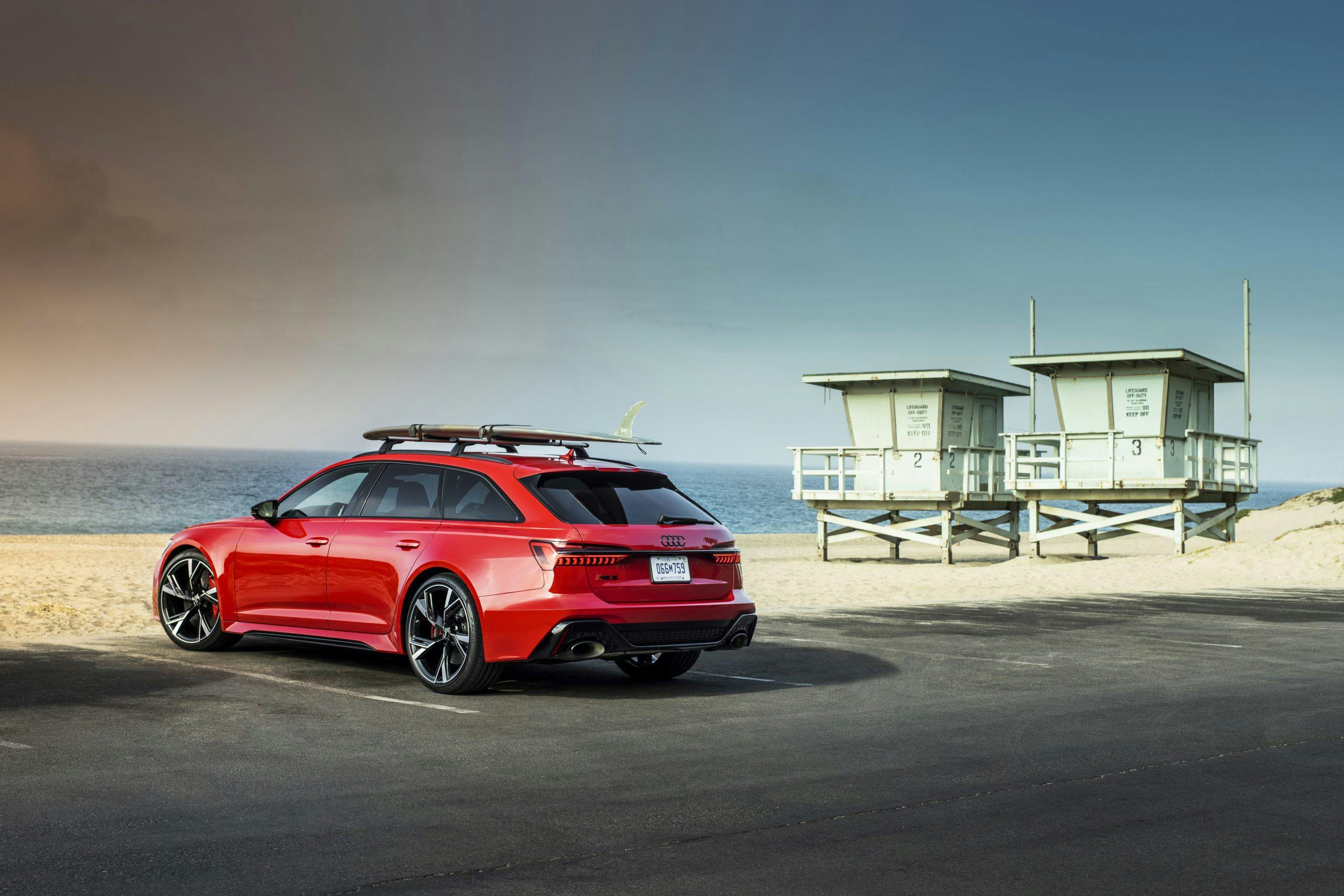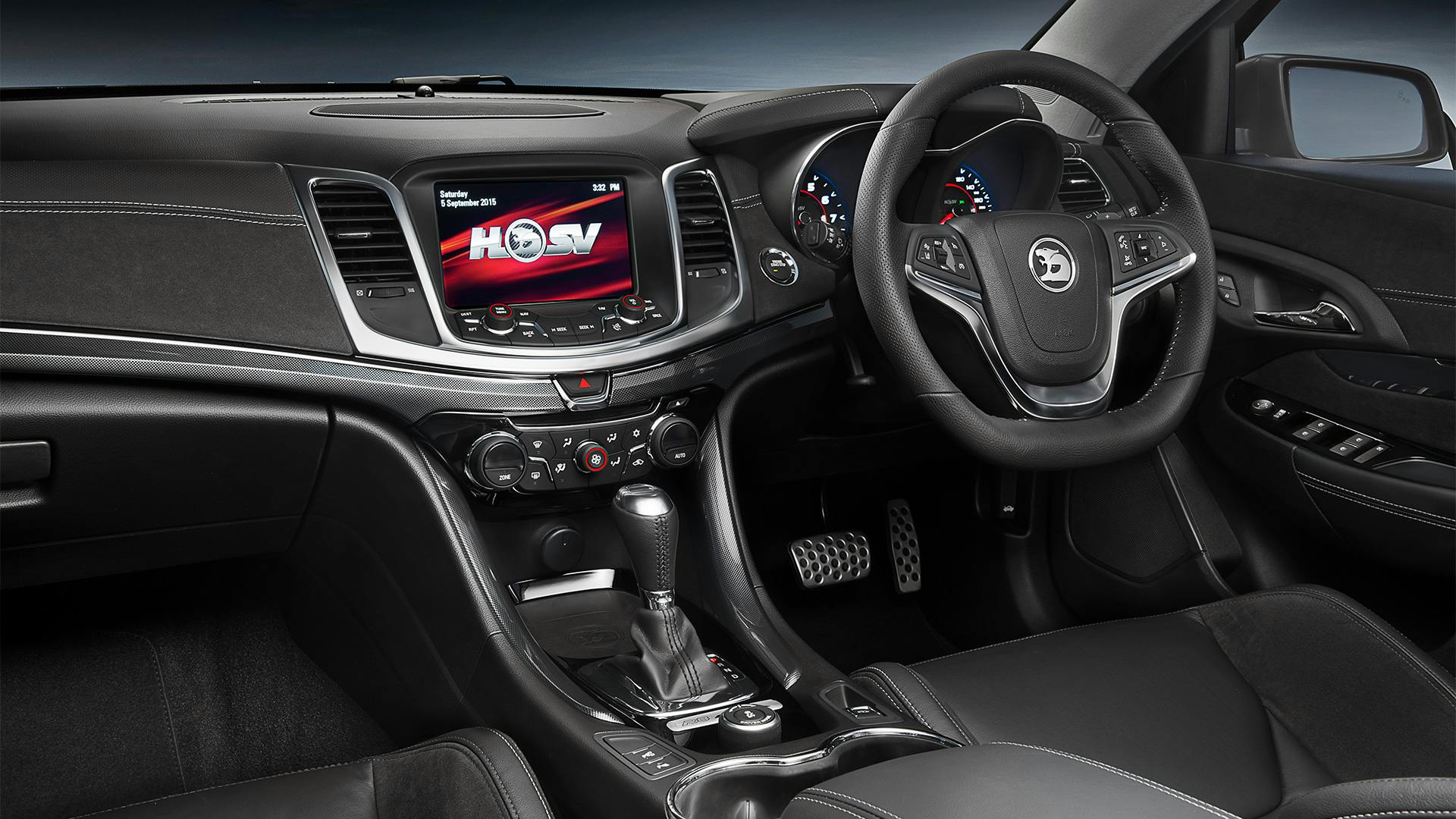Media | Articles
9 of our all-time favorite wagons
Station wagons are in many ways the unsung heroes of the automotive hobby. Vintage longroofs possess a unique, nostalgic appeal: You’re far more likely to have grown up with a brick-shaped Volvo or lozenge-like Roadmaster in your family driveway than a Ferrari Daytona. Station wagons do “understated cool” superbly, but their ranks also include some truly exotic stuff, like Audi’s absurd RS 6 Avant, headed to U.S. shores for the first time this year. No matter your budget, wagons are eminently practical and inclusive; you can pack in your family, friends, and even the dog if you don’t care too much about the carpet.
From four figures to six, Hagerty’s Brad Phillips and Colin Comer rounded up 9 of their favorite wagons for your enjoyment in a recent livestream. The theme was inspired by the Wagon Queen Family Truckster, Phillips says. And really, any list of longroofs that starts with that “damn fine automobile” is bound to impress.
1981–87 AMC Eagle

We take for granted the winter chops of today’s SUVs and their modern tires, but back in the 1980s, there wasn’t a hefty, all-wheel-drive family hauler in most garages. American Motors tackled this mucky, icy situation by building the AMC Eagle wagon—essentially an AMC Hornet up top and Jeep underneath. The torquey straight-six, 15-inch tires, and four-wheel-drive transformed winter driving for those acclimated to a low, rear-wheel-drive estate.
The Eagle wagon was also one of the first vehicles you could shift into four-wheel-drive on the fly: simply yank the Selec-Trac lever, and the vacuum-shift mechanism took care of things. Most of these weird, lifted wagons can be had for less than $10K, and the model has its own collector subset of enthusiasts. After Chrysler took over AMC in 1987, what would have been the 1988 AMC Eagle wagon was simply the Eagle. Production totaled in the hundreds, making 1988 Eagles very rare indeed.
Marketplace
Buy and sell classics with confidence
1979–85 Mercedes-Benz S123 wagon
“These wagons will outlive us all,” Phillips declares. “Every time I see one, I think of some Nantucket family’s old country estate conveyance passed down to two generations of kids.” These German wagons aren’t vulnerable to much except rust, if properly maintained. Upkeep is straightforward, Comer points out, given the analog construction of most early 1980s cars. These aren’t simply boring, reliable haulers, either; the 123-generation wagons boast the first turbodiesel powerplant ever put into a mass-produced passenger car (rather than a truck). Snag one of the earliest turbodiesel wagons—they debuted in October of 1980—and you’ll have bragging rights to a true, though little-known, “first” in the automotive community.
1948 Ford Marmon-Herrington Super Deluxe Station Wagon
“Everybody loves a woody wagon,” says Comer. “Take a woody wagon with all the best parts of a vintage four-wheel-drive truck … that’s kinda what a Marmon-Herrington-converted Ford or Mercury is.” In the early years of wood-paneled wagons, those who needed off-road capability could turn to aftermarket manufacturers to convert their two-wheel-drive vehicle into a four-wheel-drive one. Marmon-Harrington did factory-supported conversions for Fords and Mercurys, and Napco took care of GMC and Chevy vehicles.
This stunning example is a 1948 Marmon-Herrington converted Super Deluxe Station Wagon; its meticulously restored condition and drivetrain conversion earned it a $200K+ presale estimate at RM Sotheby’s 2020 Scottsdale auction. Comer admits these wagons ride horribly and are extremely slow, but says they’re worth a lot of money for good reason: Marmon-Herrington-converted wagons were essentially vintage SUVs before the era of factory-produced SUVs.
1973–91 Chevrolet Suburban
Yes, the modern Chevrolet Suburban is more of an SUV or a truck than a wagon, but Brad defends his pick by citing 1970s Chevy advertising, which hailed the Suburban as a “superwagon.” Naturally, he was hooked. The wagon above is the Phillips’ 1977 model, a trailoring special with a big-block engine, 3.73 gears, and a 14,000-pound towing capacity. “It was a monster,” Phillips recalls. He bought it with dreams of cross-country family road trips, but after a trek down the Blue Ridge Parkway, realized that the weak ’70s air conditioning left rear passengers sweltering in the summer heat.
Comer has Suburban stories of his own. In 2018, he bought the cheapest car at the champagne-infused Monterey Car Week: a $1925 1998 Chevrolet Suburban. Want the details? Check out his story here.
2006–2008 Dodge SRT8 Magnum
Dodge’s SRT8 Magnum was essentially the factory-hot-rodded version of the Magnum wagon: its 6.1-liter V-8 churned out 425 hp and sent that muscle to the rear wheels for some serious burnout potential. Red doesn’t suit it, in Comer’s book; he’d have one murdered out in black. And why not do a Hellcat swap, too? 425 hp was big in 2006, but times have changed. “A Hellcat would just bolt in,” he says.
Still, Comer points out that Dodge thought out this muscle wagon, equipping it with the brakes and suspension to handle the beastly V-8 power. The one ergonomic downside, both he and Phillips point out, is visibility—the high beltline and narrow windows gives the driver a gunship view.
1967 Ford Country Squire
Phillips gets a bit enthusiastic when the Barn Find Hunter’s 1967 Ford Country Squire appears on the screen. “Tell me that’s not the most beautiful thing you’ve ever seen. Look at the prow on the front of this, all that cargo capacity!” Tom Cotter’s patina’d woody also boasts a unique drivetrain: a 428-cubic-inch V-8 mated to a four-speed and breathing out of a dual exhaust. Cotter sold the wagon for nearly $50K on Bring a Trailer back in May of 2020.
“Even without the 428, the Ford Country Squire does it for me,” Phillips says. “It just screams family adventure.” This Country Squire hails from a day in which, unlike our own, Ford was happy to put whatever engine and transmission combo you might desire into a variety of models. A Q-code V-8 and a luggage rack? Why not?
1994–96 Buick Roadmaster

Known as “Shamu” by wagon enthusiasts, the 1994–96 LT1-powered Buick Roadmaster is a crowd favorite and even earned itself a spot on our 2019 Bull Market List. It’s got big horsepower, torque, and rides “like you’re floating on a cloud,” Comer says. His wife has one as a daily driver; Comer says he bought the iron-block beast for $6500 and hasn’t had a minute of mechanical drama from it in five years. “It holds more than my F-150 in the back, too,” he recounts. Among the loads the trusty Roadmaster has hauled: 4×8-foot sheets of plywood, a refrigerator, and two mattresses (not all simultaneously, of course.) Plus, this luxurious wagon even has a sun roof and a roof rack.
2021 Audi RS 6 Avant
The Roadmaster is an accessible, every-day hero, but Audi’s RS 6 Avant represents another end of the wagon spectrum: the high-performance, high-dollar import. Audi’s bringing the box-flared, hot-rodded four-wheel-drive wagon to U.S. shores for the first time ever, and charging a pretty penny too: the 590-hp longroof starts at $110,000. Comer admits it’s above his pay grade, but he can’t deny its appeal. “It’s a menacing-looking vehicle. If Batman had a family, he’d drive something that looked this mean.”
2008 HSV ClubSport R8 Tourer
The CTS-V wagon’s reputation is well-established in the U.S., and, especially in the case of the stick-shift models, its collectibility is undeniable. (Check out the most recent sale record.) However, maybe you want something a bit … weirder. Welcome to CTS-V Sport Wagon’s Australian cousin, the Holden Special Vehicles (HSV) Clubsport R8 Tourer. Thunder comes courtesy of a familiar 6.2-liter LSA V-8 and you’ll be treated to a generous dose of right-hand-drive funkiness. “It’s like the Mad Max version of the CTS-V,” says Phillips.
If you’re willing to wrangle shipping logistics and wait around until it’s eligible for import under the 25-year rule, this a particularly poignant time to be honoring this monster wagon: in February of 2020, GM pulled the plug on its Holden subsidiary in Australia, which includes the HSV performance sub-brand. Think an Australian offshoot of an American brand is irrelevant? Think again. “We owe so much to these European arms of domestic manufacturers to help co-develop these products that are really cool,” Comer says. (Check out this C8 Holden test mule, for one.)

























































You put a literal truck in this list. That Suburban is literally a capped truck. What about the Volvo P1800 ES?